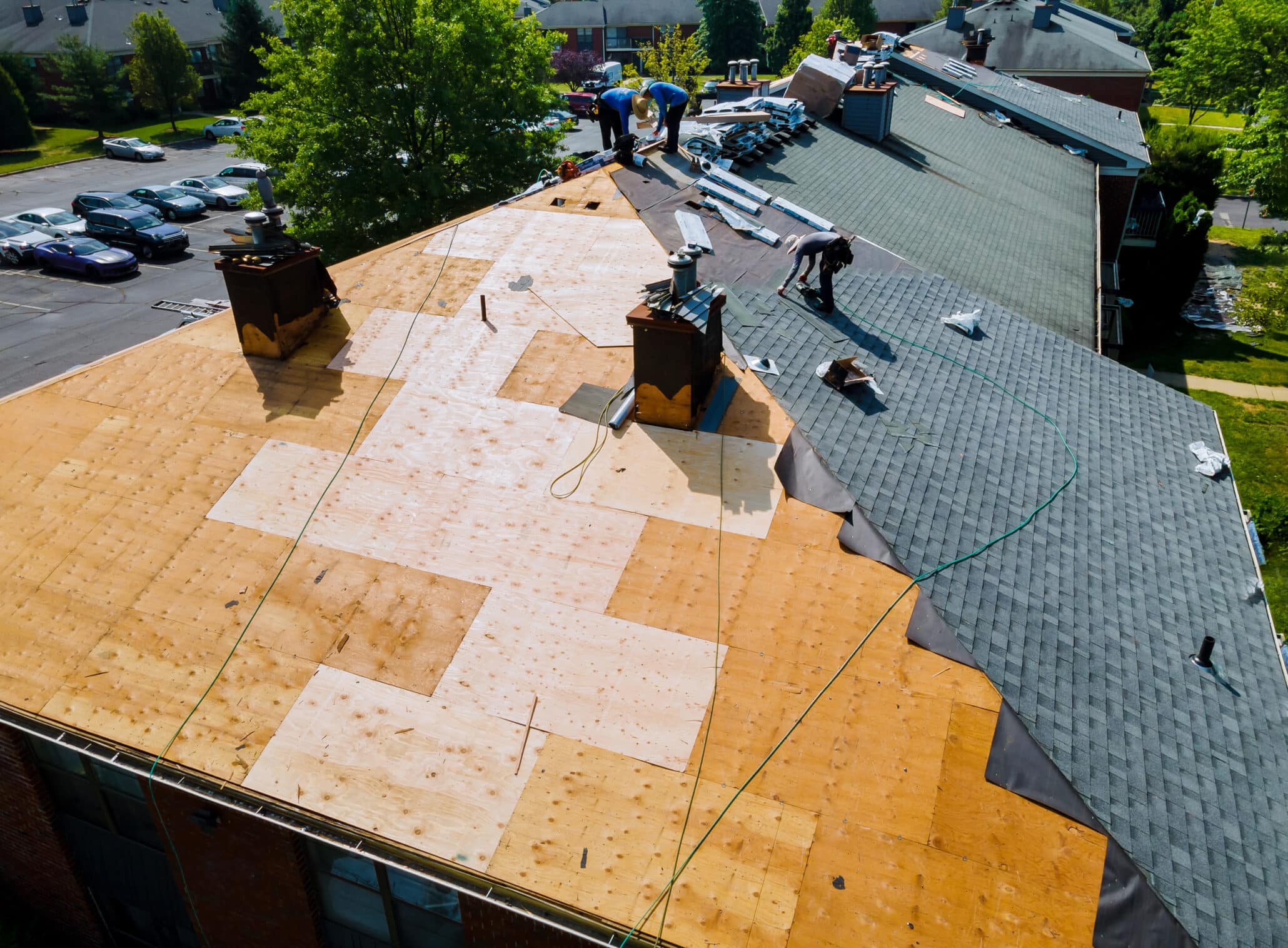When it comes to roofing, many homeowners focus on the visible components, such as the shingles, while overlooking the importance of the underlayment. Roofing underlayment is a crucial component of any roofing system, providing an additional layer of protection against the elements. In this article, we will explore the importance of roofing underlayment and its benefits for homeowners.
What is Roofing Underlayment?
Roofing underlayment is a layer of material installed between the roof deck and the shingles. It acts as a secondary barrier against moisture, preventing water from seeping into the home and causing damage to the structure. Underlayment is typically made of felt, synthetic materials, or rubber, and comes in rolls that are applied horizontally across the roof deck.
Benefits of Roofing Underlayment
Waterproofing: The primary function of roofing underlayment is to provide an additional layer of waterproofing to the roof. It prevents water from seeping through the gaps between the shingles and onto the roof deck, protecting the structure of the home from water damage.
Wind Protection: Roofing underlayment also provides additional wind protection for the home. During high winds, shingles can lift and become dislodged, leaving the roof deck exposed to the elements. Underlayment helps to hold the shingles in place, preventing wind-driven rain from penetrating the roof.
Ice and Water Protection: In areas prone to ice and snow, roofing underlayment provides added protection against ice dams. Ice dams form when snow melts and refreezes along the edge of the roof, causing water to back up and leak into the home. Underlayment designed for ice and water protection can prevent this by creating a barrier between the shingles and the roof deck.
Longevity: Roofing underlayment can also extend the life of a roof. By providing an additional layer of protection against the elements, underlayment can help to prevent damage to the roof deck, allowing the shingles to last longer.
Types of Roofing Underlayment
Felt: Felt underlayment is the most common type and is made from organic materials, such as paper or wool. It is typically the most affordable option and provides adequate protection for most homes.
Synthetic: Synthetic underlayment is made from plastic polymers, such as polypropylene or polyester. It is more durable and long-lasting than felt underlayment, and is often used in areas prone to harsh weather conditions.
Rubber: Rubber underlayment is the most expensive option but provides the highest level of protection against the elements. It is often used in areas with extreme weather conditions, such as hurricanes or heavy snowfall.
Roofing underlayment is a critical component of any roofing system, providing an additional layer of protection against the elements. It is an affordable investment that can save homeowners money in the long run by extending the life of their roof and preventing costly water damage. When considering a new roof installation or replacement, be sure to discuss the benefits of roofing underlayment with your roofing contractor and choose the type of underlayment that best suits your home’s needs and climate.

